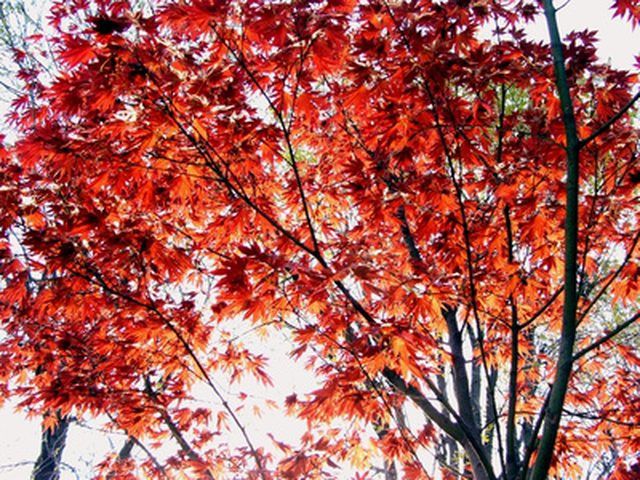Bulbs
Flower Basics
Flower Beds & Specialty Gardens
Flower Garden
Garden Furniture
Garden Gnomes
Garden Seeds
Garden Sheds
Garden Statues
Garden Tools & Supplies
Gardening Basics
Green & Organic
Groundcovers & Vines
Growing Annuals
Growing Basil
Growing Beans
Growing Berries
Growing Blueberries
Growing Cactus
Growing Corn
Growing Cotton
Growing Edibles
Growing Flowers
Growing Garlic
Growing Grapes
Growing Grass
Growing Herbs
Growing Jasmine
Growing Mint
Growing Mushrooms
Orchids
Growing Peanuts
Growing Perennials
Growing Plants
Growing Rosemary
Growing Roses
Growing Strawberries
Growing Sunflowers
Growing Thyme
Growing Tomatoes
Growing Tulips
Growing Vegetables
Herb Basics
Herb Garden
Indoor Growing
Landscaping Basics
Landscaping Patios
Landscaping Plants
Landscaping Shrubs
Landscaping Trees
Landscaping Walks & Pathways
Lawn Basics
Lawn Maintenance
Lawn Mowers
Lawn Ornaments
Lawn Planting
Lawn Tools
Outdoor Growing
Overall Landscape Planning
Pests, Weeds & Problems
Plant Basics
Rock Garden
Rose Garden
Shrubs
Soil
Specialty Gardens
Trees
Vegetable Garden
Yard Maintenance
Information on Red Sunset Maple Trees
Information on Red Sunset Maple Trees. The tiny red flowers that begin appearing on the red sunset maple tree in early March are a sure sign that spring is coming. The red sunset maple is a deciduous tree with a round or oval-shaped crown. The tree's flowers last for four weeks or longer before leaves start to come into view. When leaves do emerge...

The tiny red flowers that begin appearing on the red sunset maple tree in early March are a sure sign that spring is coming. The red sunset maple is a deciduous tree with a round or oval-shaped crown. The tree's flowers last for four weeks or longer before leaves start to come into view. When leaves do emerge they're a lovely pale green that make a stunning contrast to the bright red flowers. The tree's twigs, stems and buds are also red. In autumn leaves turn to orange and then red, so it's not surprising where this tree gets its name.
Size and Geography
Red sunset maple trees typically grow from 40 to 60 feet tall, according to About Maple Trees.com. These trees grow quickly, about two feet per year, until reaching their maximum height. Although they grow faster than sugar and Norway maples, they grow at a slower rate than silver maples. While red sunset maples commonly occur in dry, high areas in southern states, in the North they're mostly found growing in low plains or deciduous forests.
Benefits
The tree gives excellent fall color and is drought-resistant. Because red maple trees are first to bloom, they lure many types of pollinators. Birds including phoebes, kinglets, pine warblers and others are drawn to the tree, eating insect pests such as flies, bees and beetles. The red sunset maple tree also provides a cover and nesting site for all bird types.
Considerations
Red sunset maples do best planted in full sun. Although red sunset maple trees are drought-tolerant once they're established, these trees, also known as swamp maples, do better in moist or wet soil.
They need pruning in fall or early winter, while they're dormant. They can also be pruned in summer when leaves have reached maturity.
Pests
Common pests that afflict red maples are aphids and caterpillars. Aphids can be controlled by keeping weeds to a minimum. Both organic and inorganic products are used to control these pests. Caterpillars, the immature form of moths and butterflies, are extremely destructive.
Diseases
Leaf spots are fungal or bacterial diseases involving black or brown circular or ragged patches and water-soaked leaves. This disease is commonly spread by rain, insects and garden tools. All infected leaves should be removed when the plant is dry. Rake and discard any leaves accumulating at the base of a plant.
Verticillium or Fusarium Wilt is a fungal disease caused by an infection in seeds, soil or plant debris. It starts and then multiples in moist, cool weather, but becomes obvious when conditions turn dry and warm. The fungus damages the plant's water conducting system, causing plants to wilt. Over-fertilizing can intensify the problem.